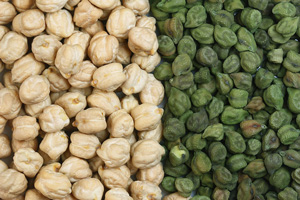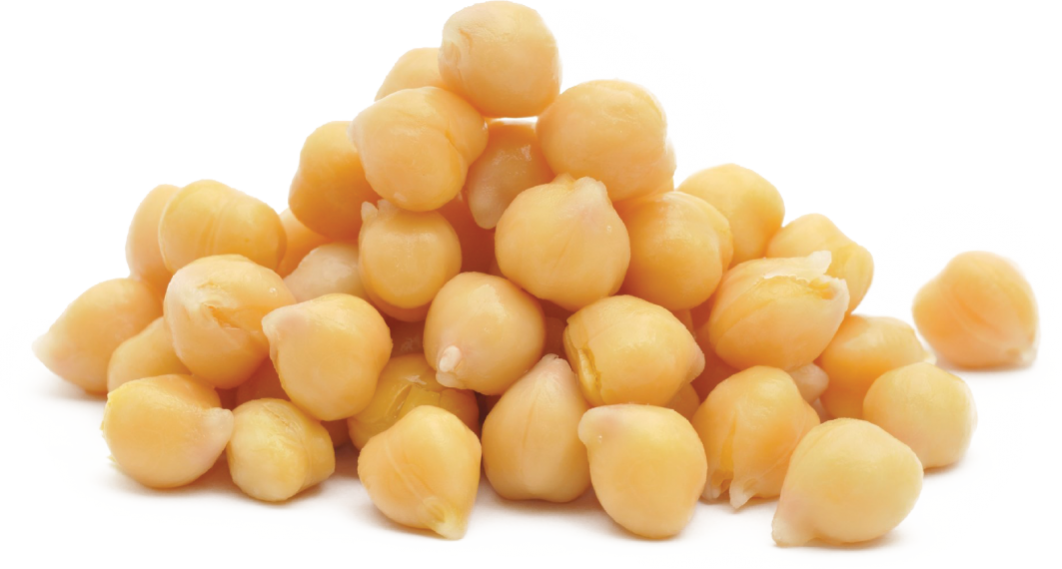
Before we jump into all kinds of fascinating chickpea-related topics here on the Chickplease Blog, we think it’s important to give a proper introduction to the chickpea. What exactly is it? What are some common varieties? How long has it been cultivated by human beings, and what are its nutritional properties?
First of all, the chickpea, also known as the garbanzo bean, is a legume (a simple dry fruit) and it is closely related to beans, lentils, peanuts, alfalfa, soy, and peas. There are two main varieties of chickpea:
- Desi — The smaller, darker, rougher-surfaced variety of chickpea, grown mostly in India, the Middle East, Mexico, and eastern Africa.
- Kabuli — The larger, lighter, smoother-surfaced variety of chickpea, grown mostly in India, the Middle East, southern Europe, northern Africa, and South America.
Chickpeas can come in a variety of colors, including green, black, brown, red, white, yellow, and beige, and they can be used in a wide variety of recipes. Some dishes, like salads, soups, and stews, call for whole chickpeas, while others such as hummus and falafel require the chickpeas to be ground.
The chickpea is one of the earliest cultivated crops: archaeological evidence suggests that they were being grown in the Middle East 7,500 years ago. In ancient Greece they were eaten as a staple, a dessert, or consumed raw, and in ancient Rome they were cooked down into a broth or roasted as a snack. Some ancient peoples even believed that chickpeas had medicinal uses.
As for nutrition, chickpeas are naturally low in fat and high in protein, dietary fiber, and carbohydrates. They also contain high levels of several important minerals, including phosphorus, magnesium, iron, and zinc. Overall, they are a very healthy food.
And that concludes our brief introduction to the chickpea. If you enjoyed this post, consider subscribing to our RSS Feed, and be sure to check back soon for more exciting news, information, and recipes.

